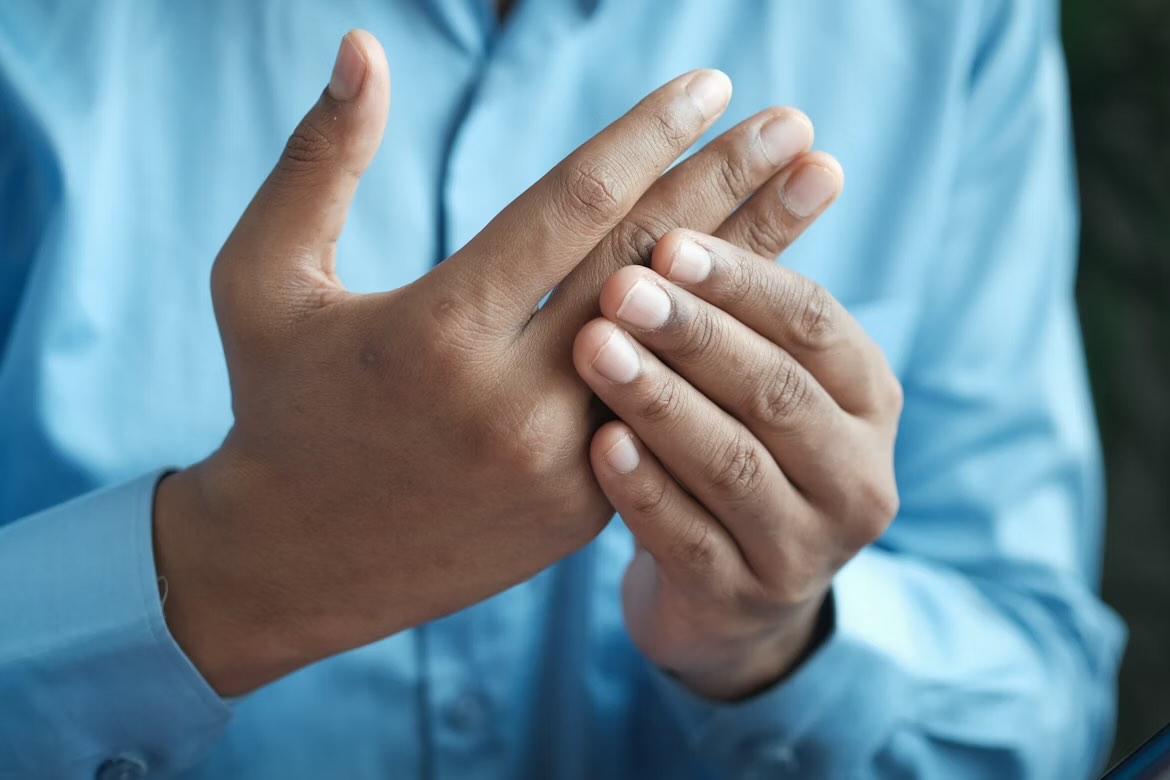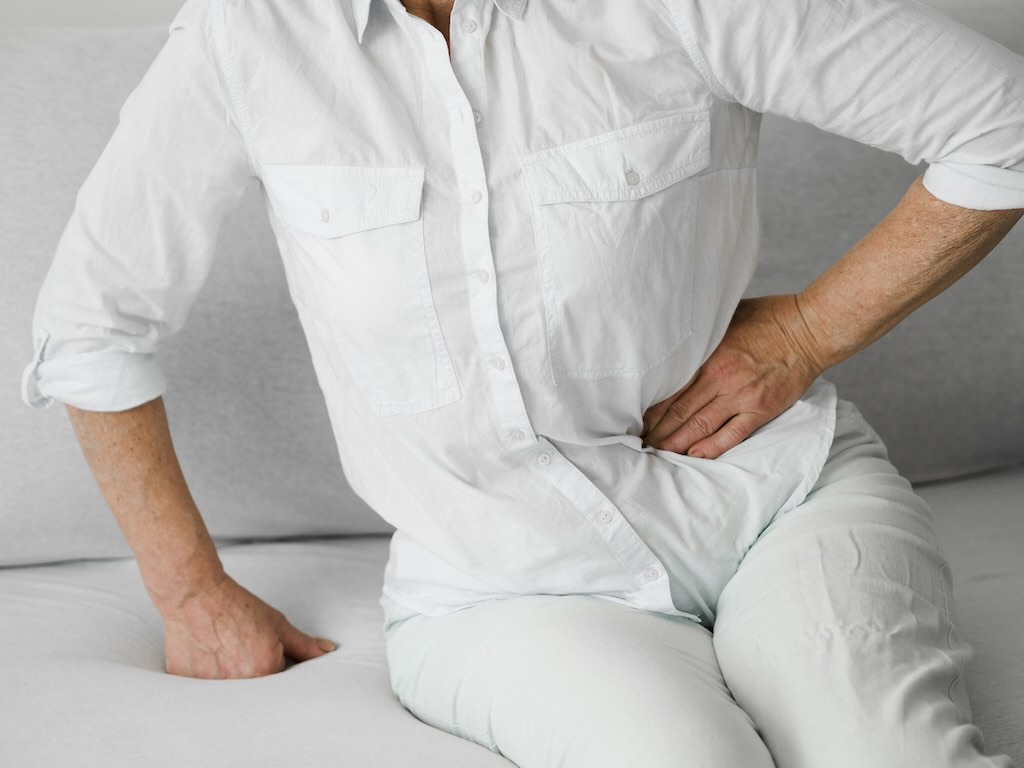Join our Support Group
Your questions and concerns have most likely been asked and answered in our support group.
Strengthen Your Hips and Knees as You Age


Tips and Exercises to Strengthen Hips and Knees
Dealing with persistent or chronic hip or knee pain can significantly impact one's quality of life. As we age, maintaining the health and strength of our hips and knees becomes increasingly important for mobility, balance, and the ability to perform daily activities.
In this guide, we will explore the anatomy of the hips and knees, understand common challenges faced by aging individuals, and delve into the best exercises to strengthen hips and knees as you age.
Understanding Hip and Knee Health
The health of the hips and knees is closely linked to overall physical well-being. The hips consist of the ball-and-socket joint connecting the femur to the pelvis, while the knees involve the hinge joint connecting the femur to the tibia. Aging brings about changes in the health of our weight bearing joints, including decreased synovial fluid production, wear and tear on cartilage, and a reduction in bone density.
Chronic joint pain of any kind, whether as a result of a past injury or ongoing condition, makes daily activities more challenging. Strong and flexible joints enable us to stay active and maintain better ranges of motion while reducing the risk of falls and injuries, all of which allow people to maximize their health span as they age.
Please note that the following recommendations do not constitute medical advice and should be taken solely as guidelines for informational purposes. For specific advice, consult your physician or physical therapist.
Best Practices for Hip & Knee Strengthening

The Importance of Functional Movements
Functional movements, such as squatting and hip hinging, strengthen the hip and knee joints while promoting overall joint health.
Squats, a fundamental human movement pattern, engage various muscle groups, including quadriceps, hamstrings, and glutes. This compound exercise not only strengthens the muscles around the knees but also improves joint stability and flexibility. Incorporating squats into a fitness routine contributes to better balance and coordination, essential factors in preventing knee injuries and promoting longevity in joint health.
Hip hinging exercises, such as deadlifts or kettlebell swings, target the hip muscles, including the glutes and hamstrings. These movements not only fortify the hip joint but also aid in stabilizing the knees.
Squats and hip hinges simulate real-life activities, leading to improved daily functionality. By incorporating these exercises into a regular fitness regimen, individuals not only foster knee and hip strength but also equip their bodies with the resilience needed for a more active and pain-free lifestyle.
Whether you prefer to work on your hip and knee strengthening exercises at home, or with the guidance of a personal trainer, they are an investment in both your short and long-term health.
Hip Strengthening Exercises
Strong hips are fundamental to maintaining mobility, especially later in life. Hip strength supports the lower back, enhances balance, and plays a crucial role in the mechanics of walking and running.
Standing Hip Abductors
This standing hip extension exercise targets the hip abductors, promoting strength and stability while walking or running. Standing upright and holding onto a chair or wall for support, lift one leg out to the side and away from your body, making a half circle motion while keeping your body upright. Alternate sides to perform at least 10 repetitions with each leg.
Prone Straight Leg Raise
Lying face down on a mat, lift one leg while keeping the stomach on the ground and buttocks tight. Hold for a few seconds before changing sides. Alternate sides to perform at least 10 repetitions with each leg. This exercise not only targets the hip muscles and helps stretch the hip flexors, but it also improves core strength. Aiding in hip pain relief, it is often part of post-surgery physical therapy.
Hip Hinges (Deadlifts)
Incorporating hip hinges, such as deadlifts, into a routine is crucial for overall hip strength. Begin by standing with feet hip-width apart, holding a lightweight barbell or dumbbells. Bend at the hips, not the waist, keeping your back straight. Lower the weights towards the floor, as far as your flexibility will allow while keeping a neutral spine while maintaining a slight bend in the knees. Tighten your gluteus muscles and hamstrings to return to a standing position. Perform at least 10 repetitions.
Knee Strengthening Exercises
Knee strength contributes to overall joint stability and is crucial for performing daily activities with ease and independence. Whether as part of rehabilitation from knee surgery or simply to keep fit, the following exercises can be tremendously beneficial.
Quad Sets
This simple yet effective movement involves lying on your back, straightening your leg, and pushing the back of your knee into the bed or floor. Place a small towel behind the knee to recruit more muscle engagement. Perform at least 10 repetitions with each leg.
Straight Leg Raise
Another valuable exercise for knee strengthening is the straight leg raise. While lying on your back, lift one leg four to six inches off the bed, keeping it straight. Perform at least 10 repetitions on each side.
Squats
Squats are versatile and effective; this compound movement engages multiple muscle groups, including the quadriceps, hamstrings, and glutes. Using a kitchen counter or chair for support, individuals can squat down to a comfortable depth, ensuring their body weight remains evenly distributed across the feet. Perform at least 10 repetitions. Squats not only strengthen the knee joint but also improve overall lower body function and balance.
Holistic Approach to Joint Health
Maintaining hip and knee health goes beyond specific exercises. A holistic approach includes cardiovascular endurance and flexibility. Integrating these exercises into daily life and consulting healthcare professionals for personalized advice ensures a comprehensive strategy for joint health.
Tips for Success
To make the most of these exercises:
- Gradual Progression: Start slowly and gradually increase intensity, either by increasing the load or number of repetitions, to avoid overexertion.
- Consistency is Key: Incorporate these exercises into your routine consistently for optimal results.
- Listen to Your Body: Pay attention to any discomfort and adjust exercises accordingly.
Have You Been Suffering From Persistent Hip or Knee Pain?
The journey to strengthening hips and knees as we age is a proactive and empowering one. By recognizing the importance of strength, and incorporating targeted exercises, we can enhance our joint health and enjoy an active and fulfilling life. Aging gracefully includes nurturing resilient hips and knees, and with commitment and consistency, this goal is well within reach.
Offering a comprehensive range of surgical interventions designed to provide lasting relief from persistent pain, including minimally invasive knee and hip replacement surgery, Ortho Westmount is a trusted ally for those grappling with persistent hip and knee pain.
Whether your hip or knee pain is the result of arthritis, injuries, or degenerative conditions, Ortho Westmount can help you find a personalized solution to improve your physical well-being and overall quality of life. Contact us today to learn how we can help you.
References:
- https://www.arthritis.org/health-wellness/healthy-living/managing-pain/joint-protection/tips-for-healthy-knees
- https://newsnetwork.mayoclinic.org/discussion/10-11mayo-clinic-expert-offers-tips-on-how-to-keep-joints-healthy-as-you-age/
- https://www.hss.edu/article_exercises-strengthen-knees.asp
- https://arthritis.ca/living-well/2021/exercises-for-osteoarthritis-of-the-hip-knee
- https://gladcanada.ca/glad-exercises/
- https://www.aarp.org/health/healthy-living/info-2022/exercises-for-knee-pain.html




